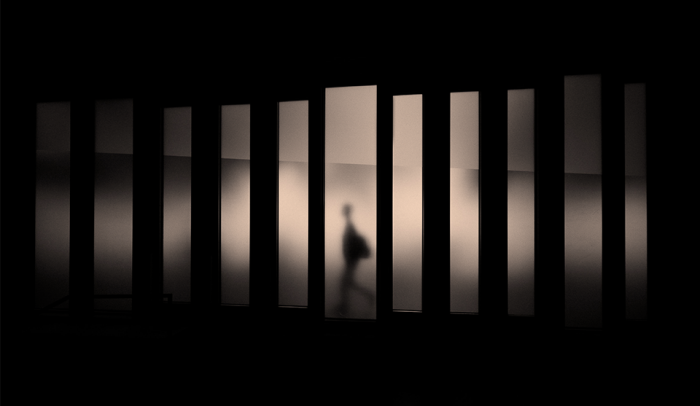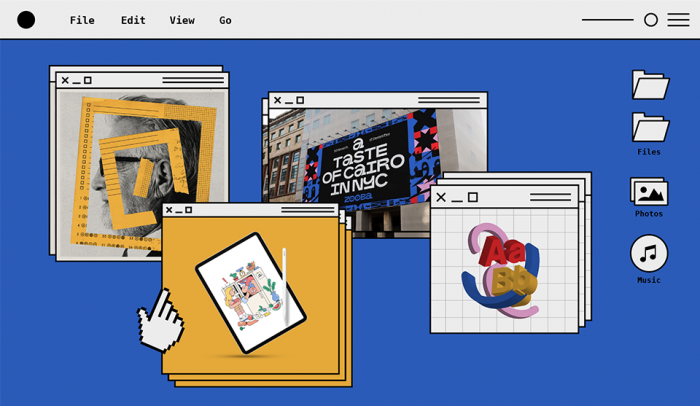No one could have made accurate predictions about 2020, or how much it would disrupt the creative career in 2021 and beyond. Remote revolution, economic collapse, and cultural shockwaves threw even the most orderly creative’s plans into disorder, and many had to summon all their agility and willpower to stay off of Twitter and get their work done. After the last 12 months, it’s clear that making predictions about the year ahead (let alone the week ahead) is a dangerous game, but we’re going to give it our best shot.
In terms of what and how creatives create, we expect 2021 to usher in an age of personalization—from personalized work environments to the dominance of personal content. The industry is adapting toward the individual, but to really find their groove in 2021, creatives will lean into collaboration, both with agencies and other creatives, to reflect a culture that resonates with everyone.
We Had a Freelance Revolution: Now What?
Freelancer.com, a digital marketplace for freelance job postings, reported a record number of opportunities in 2020, about 41% growth compared to the same period in 2019. So now, there are more freelancers than ever before. What does that mean for us?
Gideon Stein, CEO of the crowdsourcing platform Write Label, has seen demand for “expanding ways in which companies can access pools of talent that were previously out of reach.” In other words, creatives have the power. Agencies will work to their schedules to accommodate high-quality talent that promises more agility without the redundancies of agency overhead. But freelancers won’t be working alone: The power is in collaboration. Assembling a team of freelancers that has experience with every aspect of creative work—PR, marketing, video, copy, and yes, even event planning—is where the future is headed.
We’re All Digital Nomads Now?
In a future where it doesn’t matter where you live, the urban hubs along the coasts might not hold as much creative clout as they once did. People (i.e. millennials) were trying to get out of big cities before the pandemic, but now we’re seeing big businesses (like Oracle) following suit.
Digital nomads are not new, but company culture is shifting to normalize remote work and the rapid innovation of digital tools is racing to keep up. Salesforce’s purchase of Slack has emboldened companies to invest in technology that makes working from home anywhere more office-like, or better—but for whom? “Technology will start to be embedded into furniture to enable continuous video conferencing, and eventually the sharing of virtual space,” says Mariano Cucchi, Associate Design Director at Frog Milan. Creatives are embracing the freedom that comes with remote work, but for some, it may be harder to abscond from corporate concerns. Some companies are responding to their lack of control by using digital surveillance apps to monitor productivity. With work poised to encroach further into people’s physical boundaries, creatives will have to get in on the design game and advocate for themselves.
AI is Growing Up and Taking Over
It’s the age of automation. Though we’re not yet living in a robo-dominated future, AI and VR are maturing rapidly. Virtual experiences emerged out of necessity during the pandemic, but soon, we expect to see concerts, events, and even office work happening artificially—this time, on purpose. Dentsu, a creative advertising agency, recently released a report that ponders what these artificial events might look like. “Unrestrained by the physical space, we will reimagine what a concert, conference, class or even product can be,” the report said. “How much would you pay for virtual couture?”
Creatives should know that VR is evolving—it’s not just about niche headsets for video games anymore.
Work Just Got More Personal
In a remote world, a robust social media presence can be the thing that lands you the job—and the lack of one might be your application’s biggest drawback. Large-scale production suffered in 2020, but the popularity of the short-form social media videos of TikTok, Facebook Reels, and Instagram Live exploded. The success of genuine, user-generated content reveals that personable content will always be most successful on social media. “Personal branding will be especially important in 2021,” said Anna Yudin, CEO of Marteamo, a platform that builds remote marketing teams. “Digital marketing will be more human-oriented than ever… people need people, not just products and names.” In other words, audiences want intimacy and immediacy.
Personal branding is about the personality, encouraging individuals to create a personal monopoly by establishing a distinct style or niche. Gone are the days of scrubbing your social media clean for a job search—it’s time to do the opposite. While we won’t all fall into partnerships by longboarding to work drinking Ocean Spray, creatives need to get comfortable using social to tell a story about themselves. Who are you?
Creating for a Culture of Crisis
As Gen Z makes their way into the workforce and Gen Alpha joins the consumer base, they want brands to represent their values and their lifestyles. From social issues to the climate crisis, consumers want brands to listen, then act accordingly. Successful campaigns will hinge on authenticity, empowering creatives to bring their full selves to collaborations. The personal is coming to the forefront of the political, and impactful content will offer new perspectives on familiar issues.
Marc O’Brien and Sarah Harrison of Climate Designers, a platform that provides climate-focused resources and community for designers, are “looking forward to shifting the narrative about our climate emergency away from the doom & gloom we often hear. We have an amazing opportunity right now to redesign our society for the better,” they said. However, creatives can’t oversimplify the culture of crisis—doing so risks fatal missteps. Remember Pepsi and Kendall Jenner’s disastrous 2017 ad?



